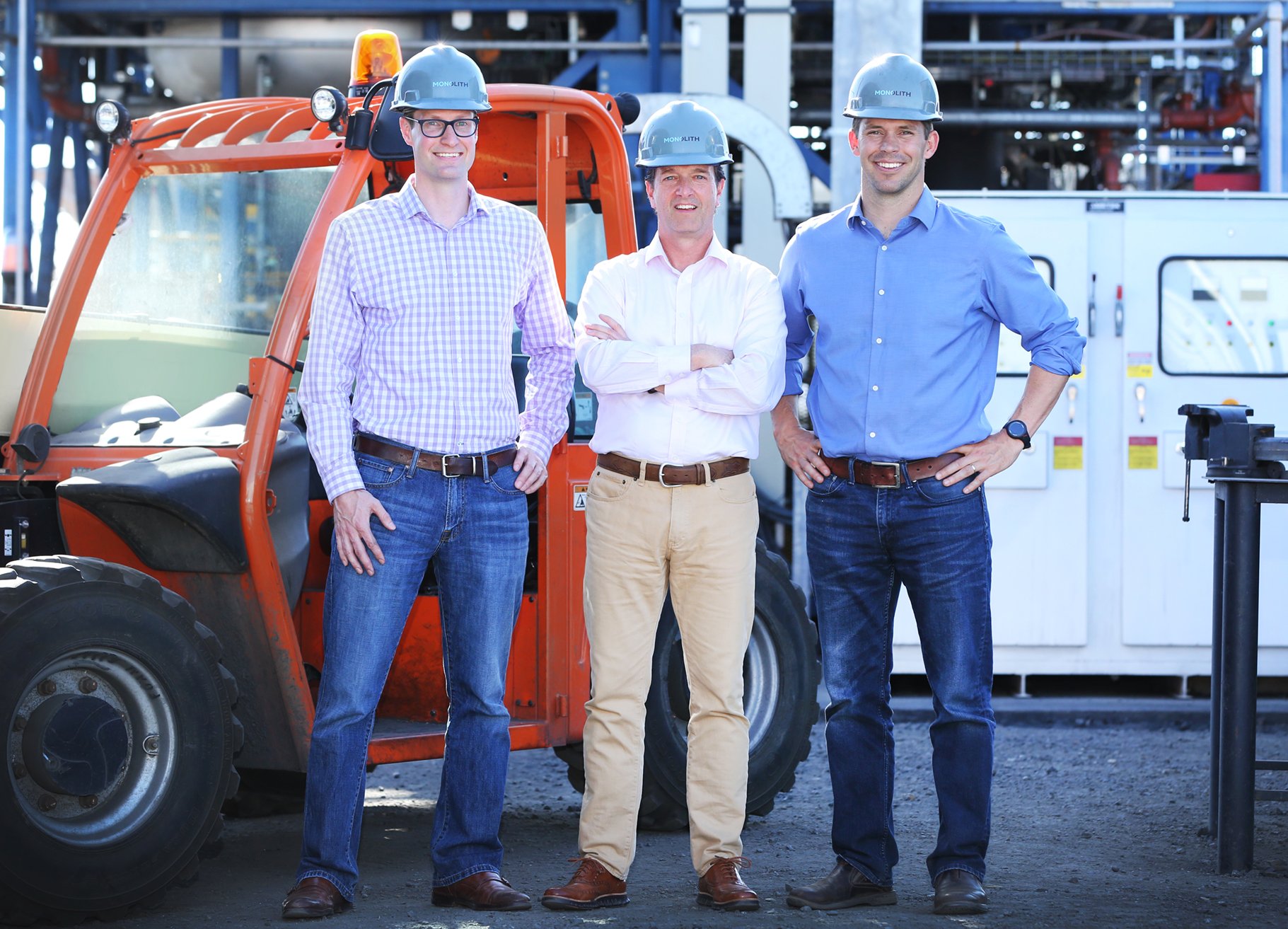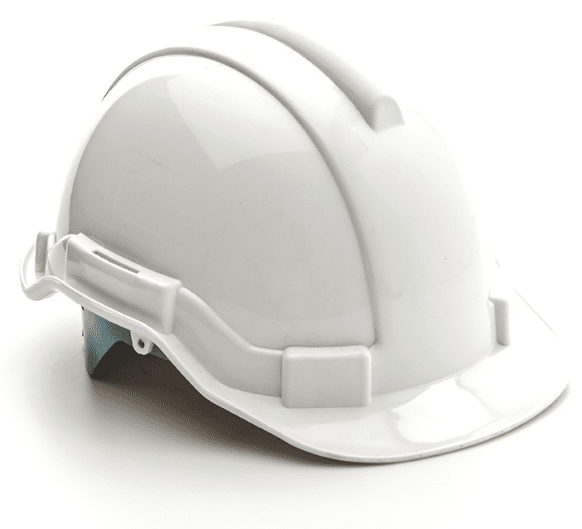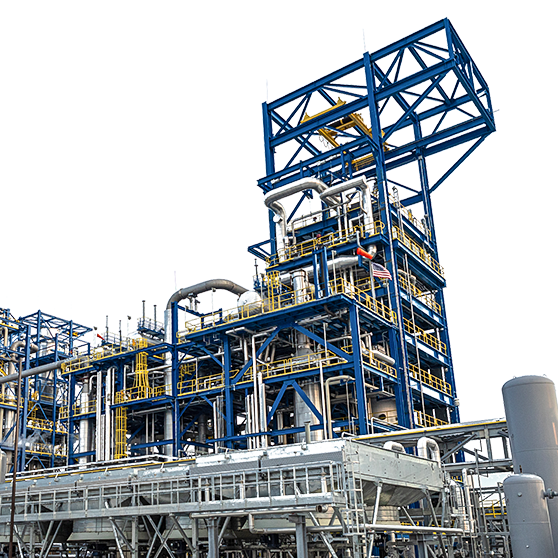
This Startup’s Building A Factory To Sustainably Turn Natural Gas Into Fertilizer
Alex Knapp – Across the world, farming is dependent on the production of ammonia in order to create fertilizers. Those fertilizers enable billions of people to be fed, but they come at a substantial cost for climate change—nearly 1% of total global greenhouse gas emissions come from the production of fertilizers.
That’s where startup Monolith Materials fits in. The company has a process that it uses to break apart natural gas to produce carbon black, which is commonly used in materials like rubber, as well as hydrogen, which can be used for a variety of purposes—in this case, being combined with nitrogen to create ammonia.
The plant that Monolith is currently building will eventually produce around 275,000 tons of ammonia per year, in addition to 180,000 tons of carbon black. It will be part of a major manufacturing facility located in Hallam, Nebraska, where the company just opened its first production plant for carbon black. Construction should begin next year, and will operate such that 100% of its energy will be from renewable sources.
“We’re a lot like an electric car,” says Rob Hanson, cofounder and CEO of Monolith Materials. “We have no direct emissions at our plant, but like an electric car, what matters is where your electricity came from.”
An engineer by training, Hanson founded the company in 2012 along with Pete Johnson, who he met while they were both working at energy firm AREVA. Though at the time - they didn’t actually have an idea. “We started with a blank piece of paper,” explains Hanson. Their goal was finding a business idea that was both environmentally transformative and financially sustainable.
It was in the course of exploring ideas that they learned about a chemical process called methane pyrolysis, in which natural gas is heated without being exposed to oxygen. The heat forces the molecules to split up into carbon on one hand and hydrogen gas on the other. The hydrogen can be sold as is or used for different purposes.
The carbon is used to manufacture carbon black in a manner that’s sustainable. The existing process, Hanson says, produces a lot of carbon dioxide. Better still, it’s cost-competitive, he claims, stating that making money from selling off the resulting hydrogen is a financial bonus.
“If all the process did was make carbon black and vented hydrogen, we would still be competitive,” he says.
The approach has enabled the company to raise about $274 million to date, says Hanson, from firms including Cornell Capital LLC, Warburg Pincus and Azimuth Capital Management. That’s enough capital, Hanson says, to have allowed the company to develop its technology, get its first plant in Nebraska up and running and move through the design and engineering phase for the larger facility as well as the ammonia manufacturing capability.
“As a growth investor, Warburg Pincus was attracted to Monolith because of its disruptive economic model and commitment to produce essential chemicals in an environmentally friendly manner,” John Rowan, a managing director at Warburg Pincus told Forbes in an email. “Monolith is a great example of companies who continue to lead the energy transition.”
For his part, Hanson is gratified to see that original idea he and his cofounders put on that blank piece of paper start to come to fruition. “Ammonia is a great milestone on our journey, where it’s an existing hydrogen-produced chemical and we can do it cleaner.”
For more information visit www.forbes.com.
<< Back












